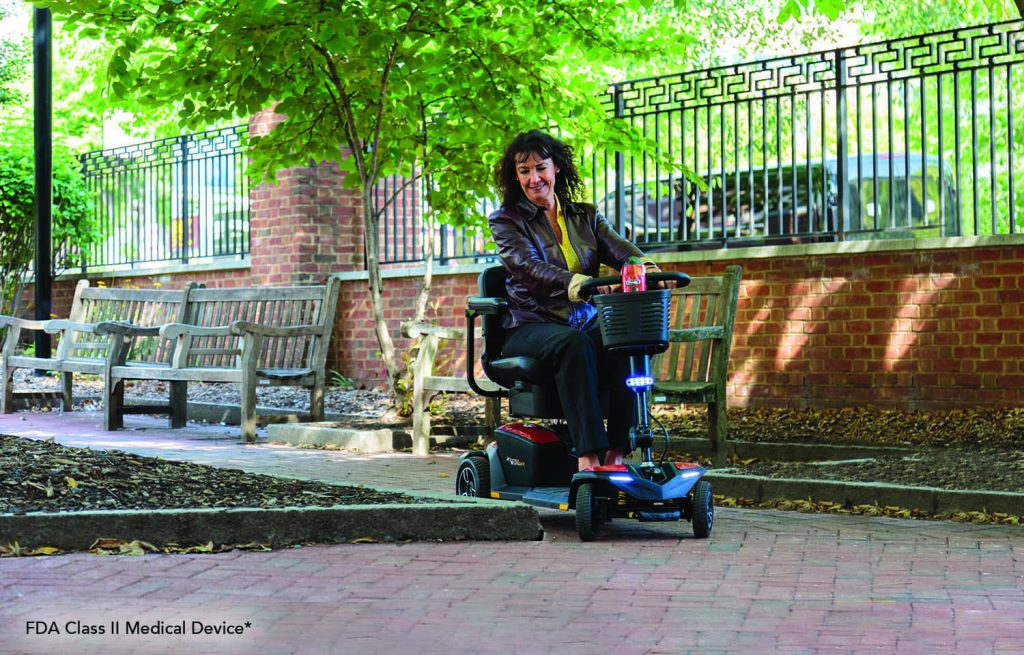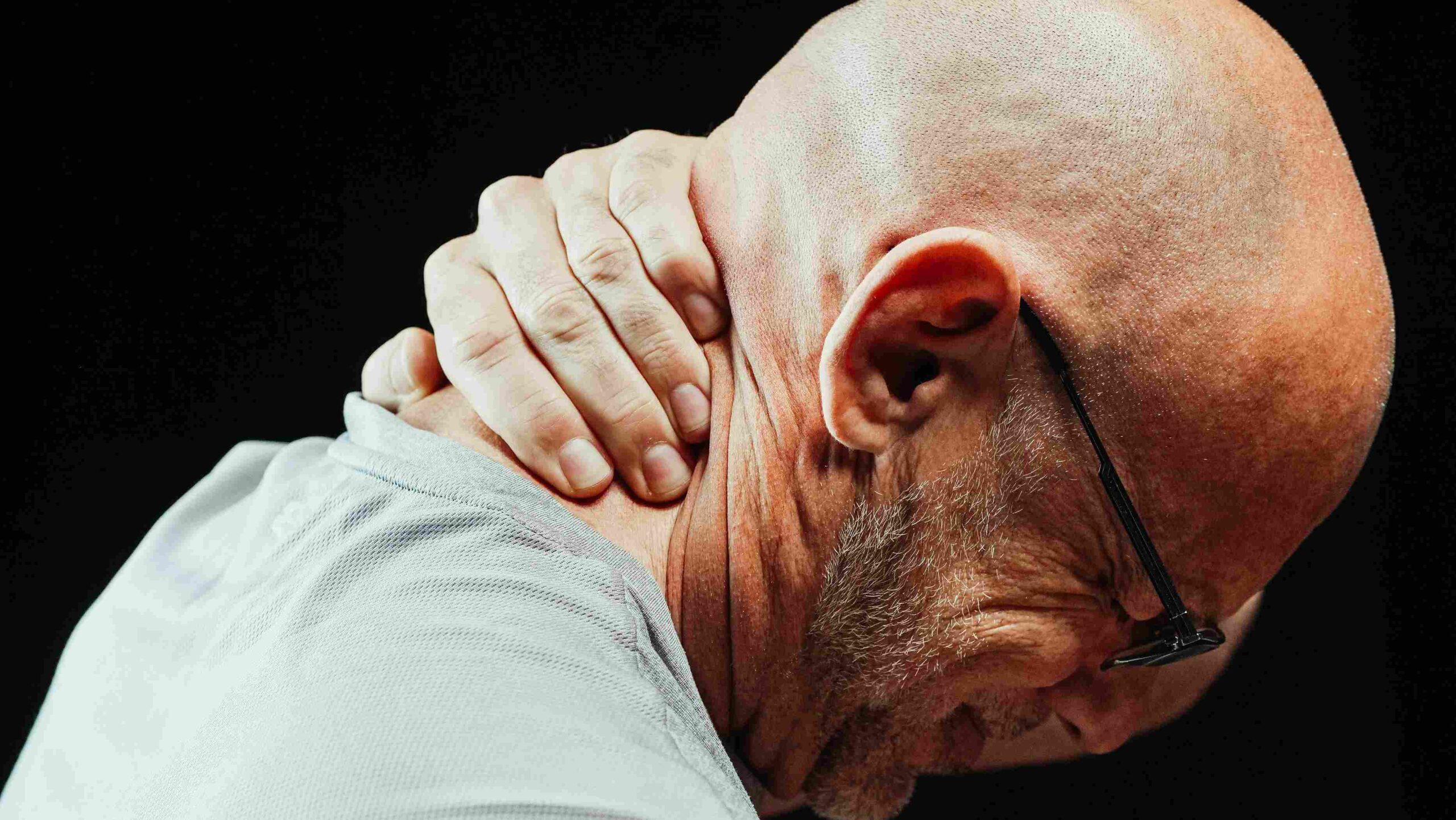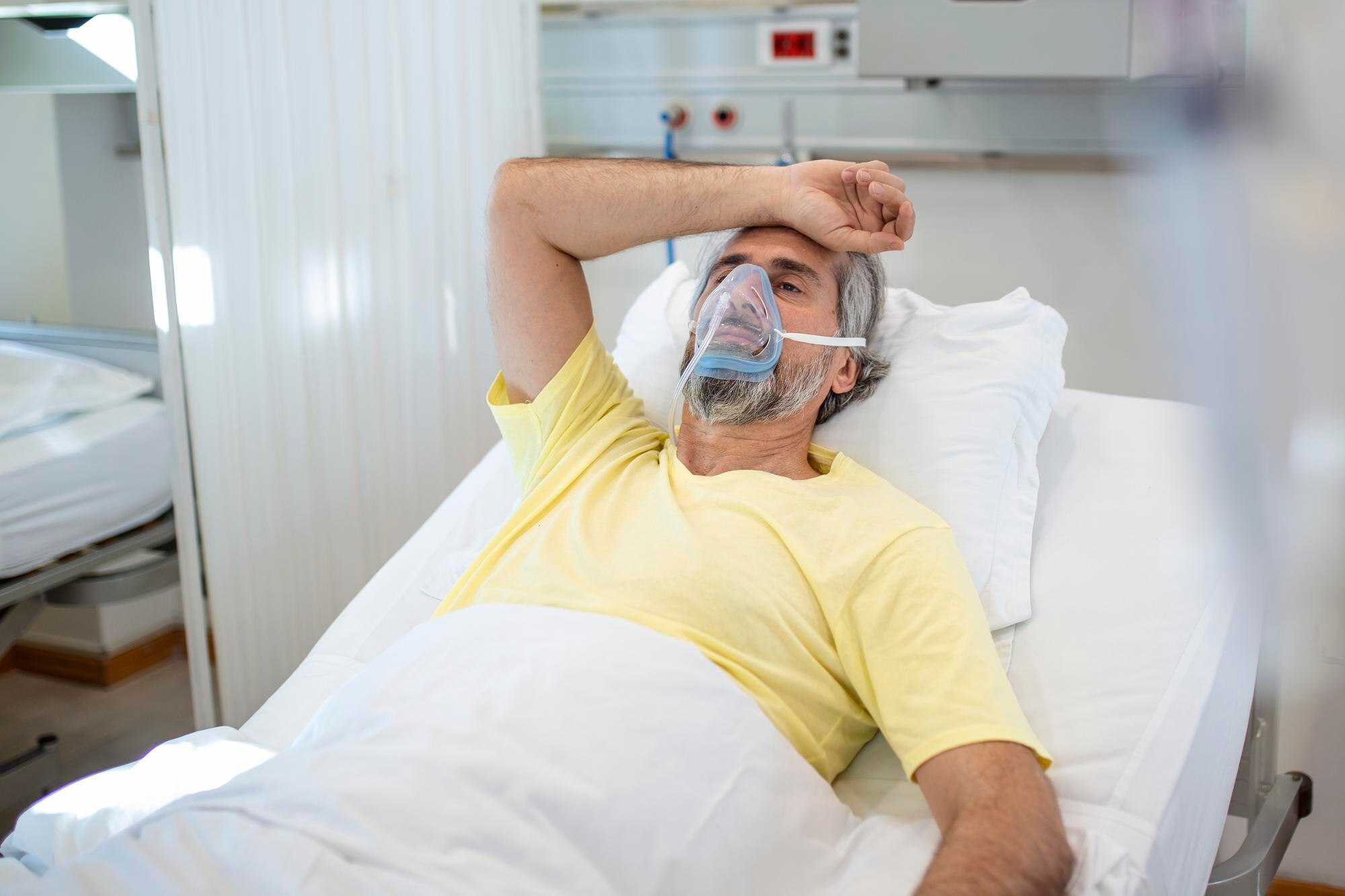As healthcare providers working to help patients with sleep apnea, navigating Medicare’s coverage requirements for PAP devices can feel like solving a complex puzzle. Whether you’re a physician, nurse practitioner, physician assistant, or support staff member, understanding these requirements is crucial for ensuring your patients receive the care they need without costly delays or denials.
Initial Coverage Requirements: Getting Started Right
Pre-Sleep Test Requirements
Before ordering a sleep study, Medicare requires an in-person clinical evaluation. As a respiratory therapist, I (Justin) often see denials simply because this face-to-face evaluation wasn’t properly documented. Here’s what must be in your clinical notes:
- Documentation of sleep-related symptoms (snoring, daytime sleepiness, observed apneas, etc.)
- Physical examination findings focused on the cardiopulmonary and upper airway system
- Neck circumference measurement
- Body Mass Index (BMI)
- A validated sleep hygiene inventory (such as the Epworth Sleepiness Scale)
Pro Tip: Keep an Epworth Sleepiness Scale form readily available in your EHR templates. This simple tool can save significant time during patient evaluations.
Sleep Test Documentation
Medicare accepts several sleep studies, but the documentation requirements are strict. Here’s what you need to know:
Coverage Criteria – One of the Following Must Be Met:
- AHI/RDI ≥ 15 events per hour with a minimum of 30 events documented
- AHI/RDI ≥ 5 and ≤ 14 events per hour with a minimum of 10 events documented PLUS documentation of:
- Excessive daytime sleepiness, impaired cognition, mood disorders, or insomnia; OR
- Hypertension, ischemic heart disease, or history of stroke
The Prescription Process: Getting the Details Right
From a compliance perspective (Michael here), we see many preventable delays in the prescription process. Medicare requires a Standard Written Order (SWO) to be completed before the claim is submitted. Here’s your checklist:
Elements needed for All PAP Orders:
- Patient’s name
- Detailed description of the item ordered (e.g., CPAP, BiPAP)
- Pressure settings
- Order date
- Prescriber’s signature
- Prescriber’s NPI
Common Pitfall Alert: Orders stating “CPAP/BiPAP as per sleep study” are unacceptable. The specific device and settings must be indicated.
CPAP vs. BiPAP Selection
Understanding when to prescribe BiPAP instead of CPAP is crucial. Medicare will only cover BiPAP (E0470) if:
- CPAP has been tried and proven ineffective; OR
- The sleep study demonstrates CPAP ineffectiveness
Documentation must show:
- Interface fit and comfort issues were addressed
- CPAP pressure settings were optimized
- Patient failed to achieve symptom improvement or adequate AHI reduction
The Critical First 90 Days: Ensuring Continued Coverage
This is perhaps the most crucial period for ensuring long-term success. Here’s what must happen:
31-90 Day Follow-up Requirements
- In-person clinical re-evaluation between days 31-90
- Documentation of symptom improvement
- Objective evidence of PAP use ≥4 hours per night on 70% of nights during a consecutive 30-day period
Important Note: If the follow-up occurs after day 91, coverage can only begin from the date of that delayed follow-up.
Special Situations: Navigating Complex Cases
Concurrent Use with Oxygen
For patients requiring both PAP and oxygen therapy, additional documentation is crucial:
- The sleep apnea must be adequately treated first
- Oxygen qualification testing must occur during PAP titration
- Testing must show oxygen saturation ≤88% for qualification
- Only stationary oxygen equipment will be covered if qualification occurs during a sleep study
Equipment Replacement
For equipment that needs replacement:
- Within 5-year RUL: Only requires documentation of the incident (loss, theft, damage)
- After 5 years: Requires new face-to-face evaluation showing continued use and benefit
Tips for Support Staff: Ensuring Smooth Processing
Pre-Authorization Checklist
- In-person clinical evaluation documentation
- Sleep study results
- Detailed written order
- Face-to-face documentation
- Medical necessity documentation
Common Denial Prevention Tips
- Set a reminder system for the 31-90 day follow-up
- Keep a PAP documentation template in your EHR
- Maintain communication with your DME supplier
- Document all patient education and training
Quick Reference: Essential Coverage Criteria
Initial Coverage Checklist
- In-person clinical evaluation completed
- Sleep study meets coverage criteria
- Proper device order documented
- Patient/caregiver training completed
Follow-up Visit Checklist
- Scheduled between days 31-90
- Symptom improvement documented
- Adherence data downloaded and reviewed
- Plan for continued use documented
Conclusion
Success with PAP therapy requires a partnership between the healthcare team, DME supplier, and patient. By understanding and following these requirements, you can help ensure your patients receive the therapy they need while minimizing delays and denials.
Need More Information?
- Consult the full LCD (L33718) for detailed requirements
- Contact your local DME MAC for specific questions
- Work with our clinical support staff for patient-specific issues
Remember: The documentation is what controls our ability to deliver the PAP device to your patient. Your efforts here ensure your patients have access to the therapy they need. When in doubt, document more rather than less, and always keep the focus on patient care outcomes.






